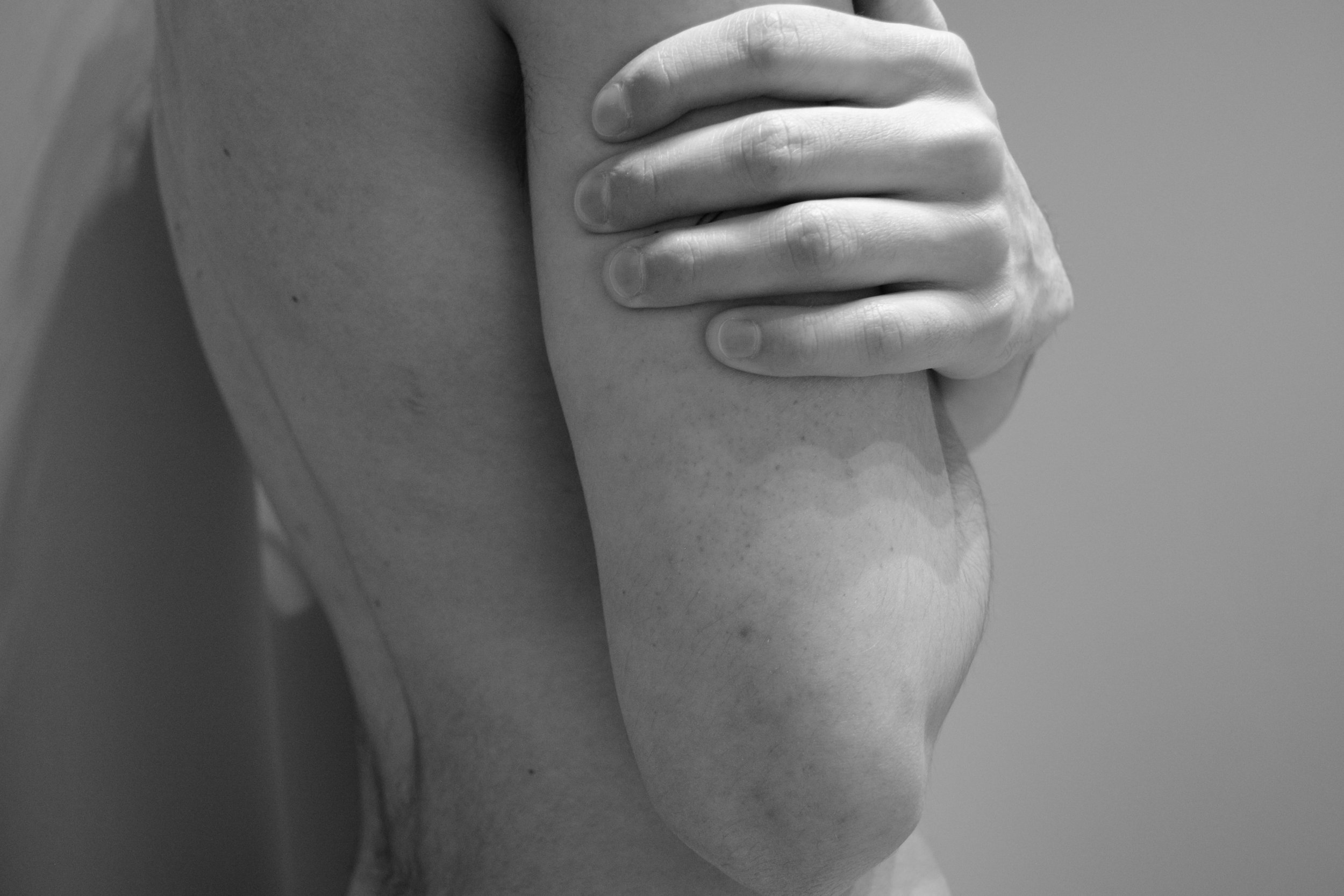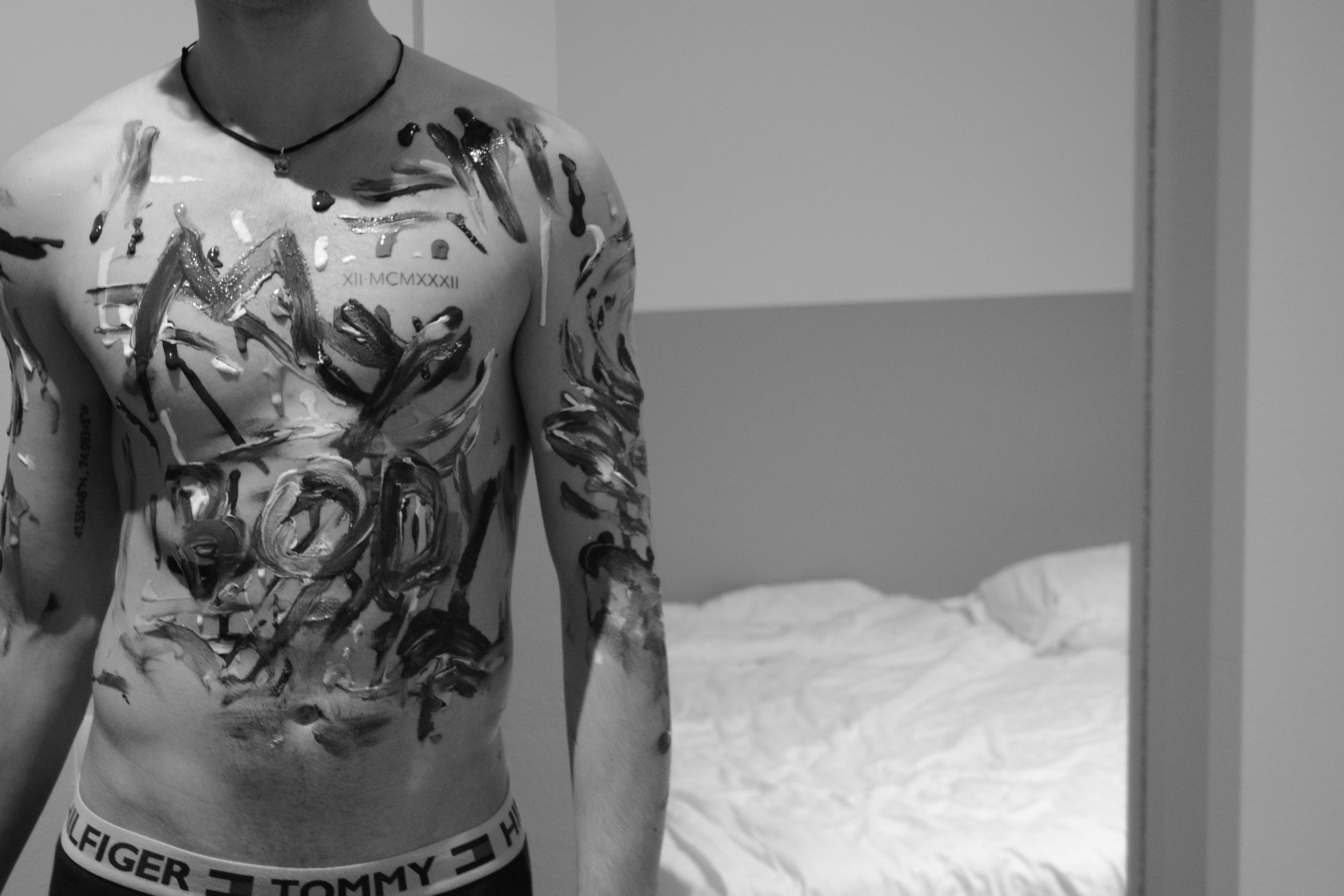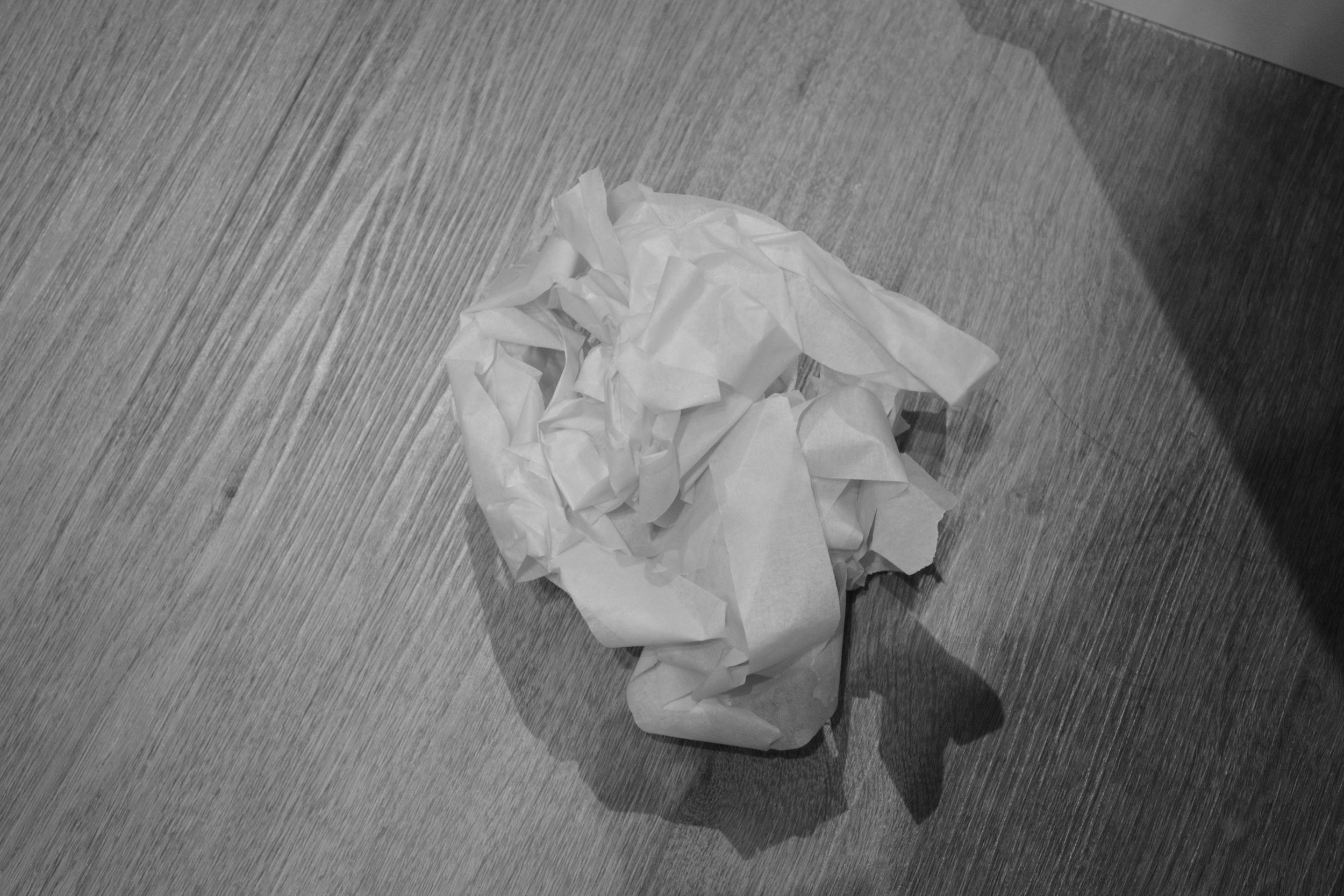My Body
photography, photojournalism, story through photos
Throughout history, the art of body expression, particularly through tattoos, has endured societal disdain. Tattoos have a rich history spanning from ancient civilizations to contemporary times, where tattoos have been used in diverse religious, cultural, and tribal contexts, serving as representations of identity within these spheres. In every way, tattoos have been used as a form of freedom of speech and self-expression. Sadly, it has been looked down upon throughout history and the modern-day. Body art is seen by many as corrupting your body. In ancient times, it was also associated with slaves and criminals, which progressed to today where it is now seen as unprofessional. This stigma has persisted, evolving into a modern-day perception of unprofessionalism, deterring individuals from embracing self-expression for fear of professional repercussions.
In my photo series, I wanted to address the discomfort of self-expression for the fear of judgment from society. During a recent weekend trip to Vienna, I found inspiration at Belvedere Palace where I discovered an exhibit on Viennese Actionism, influencing my photography project. The collection featured black-and-white photographs depicting a naked, faceless model adorned with various everyday objects. I was intrigued by this concept, so I did some research: Viennese Actionism was a radical art movement integrating the human body and diverse mediums to forge unconventional artistic expressions. Originating as a form of historical protest against post-war conditions, it challenged traditional norms. Actionism impacted the art world by showcasing the limitless possibilities of art. The movement sparked critical discourse about the role of the artist, the boundaries of art, and the relationship between art and society. I loved how bold and rebellious these pieces were, so I decided to incorporate their essence into my own work. I enlisted a willing subject to serve as the canvas for this project — someone with tattoos who, under the scrutiny of work and professional expectations, embodies the ideal representation for this series.
The first two photos of this story show the subject desperately trying to conceal his body from the camera. He is using his hands to hide his body art from view. These photographs demonstrate the fear and feelings of shame for having body art and the need to hide your expression because of the way society views you. These photographs convey a hostility toward the camera lens as the subject adamantly resists being captured in this vulnerable state. In photo 3, the subject taped over his tattoos in an attempt to erase them from public view. Photo 4, immediately after, shows the subject in distress over his situation. Erasing the body art means erasing identity and choice. Photos 5 through 8 emulate the subject going through the motions of attempting to erase and tape over his entirety. If the freedom to express oneself as desired is denied, how can one find contentment with the blank canvas of their existence? In the sixth photo, the subject marks himself with an X, symbolizing his aversion to conforming his body to societal norms. He decides to tape the rest of himself up so he won’t need to see his missing body art, shown in photo 7. Photo 7 also portrays the subject wrapped up in tape with his back facing the camera, showing his desire to hide from the public eye now that his freedom of self-expression has diminished. In Photo 8, the narrative pivots from the subject's waning confidence to a desire to rebel against societal expectations and resist these constraints. Using the rebellious spirit of Viennese Actionism, my subject breaks free from the bounds of the tape in the 8th photo. Photo 9 represents the use of the human body to create even more art through the paint medium. The subject attempts to highlight his existing body art by adding color and expression throughout his entire body, making sure his tattoos are no longer covered. Photos 10 and 11 exemplify the blending of paint through spontaneous movements, capturing the chaotic and resistant essence portrayed through the actionism movement. I wrote in the paint “MY BODY” to emphasize that the subject has taken control of his body and freedom of expression. He no longer wants to conform to please society. Photo 11 shows the subject dancing, hence the blur of his body; in the rest of the images in this story, he seems quite rigid, but in this photo, he finally feels free to move how he wants. The finale captures the discarded ball of tape, a powerful symbol of liberation as the subject discards the societal constraints that once bound him. This highlights the subject's liberation from restrictions; he discards the bindings society imposed on him, symbolically trashing the limitations. Now emancipated, he revels in newfound freedom.
This photographic series narrates a journey from societal conformity to the reclamation of self-expression and freedom. It draws inspiration from the rebellious character of Viennese Actionism, urging a reconsideration of societal conventions and an embrace of individuality.












